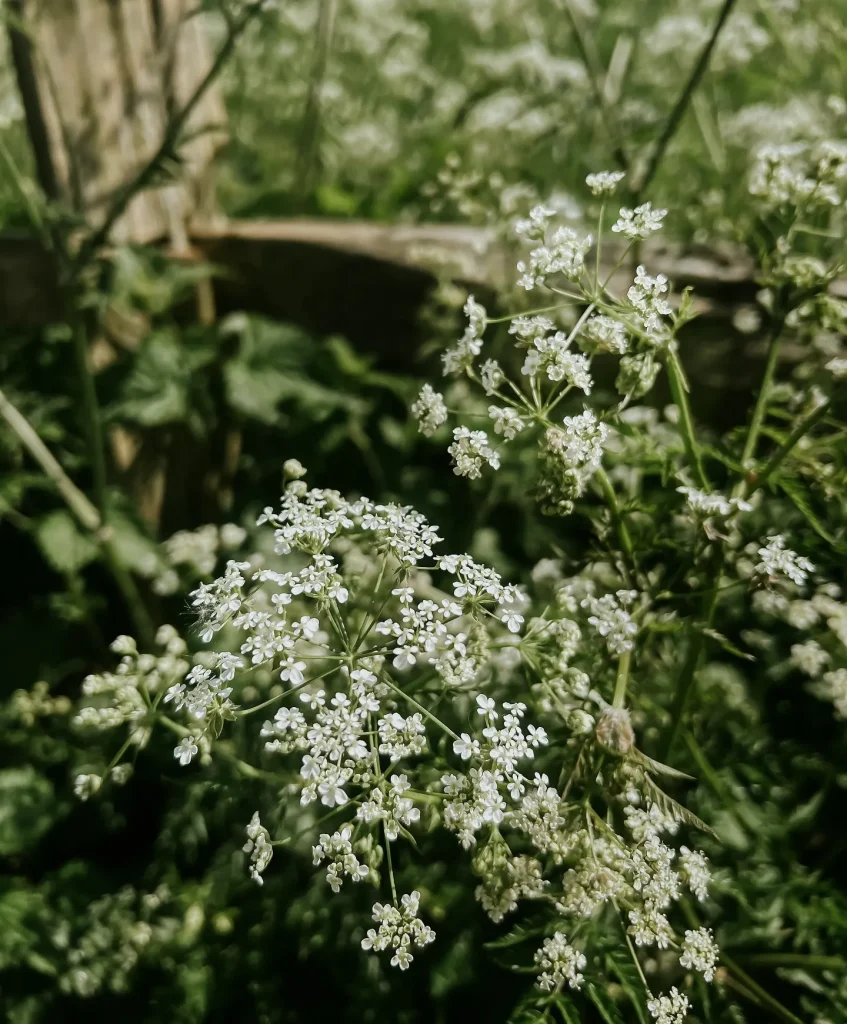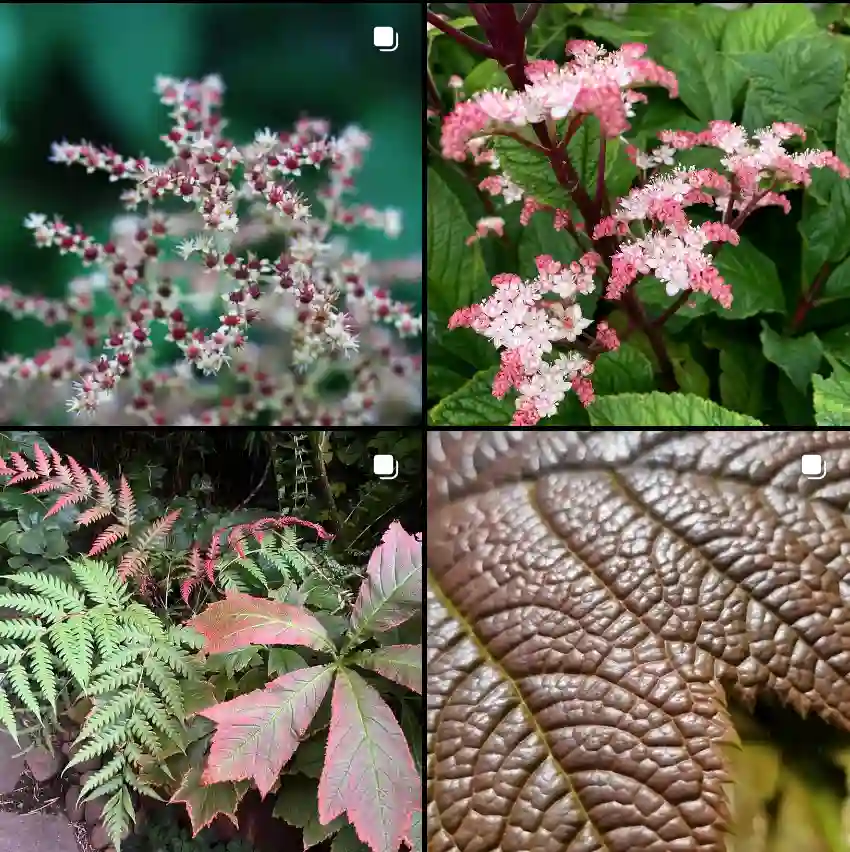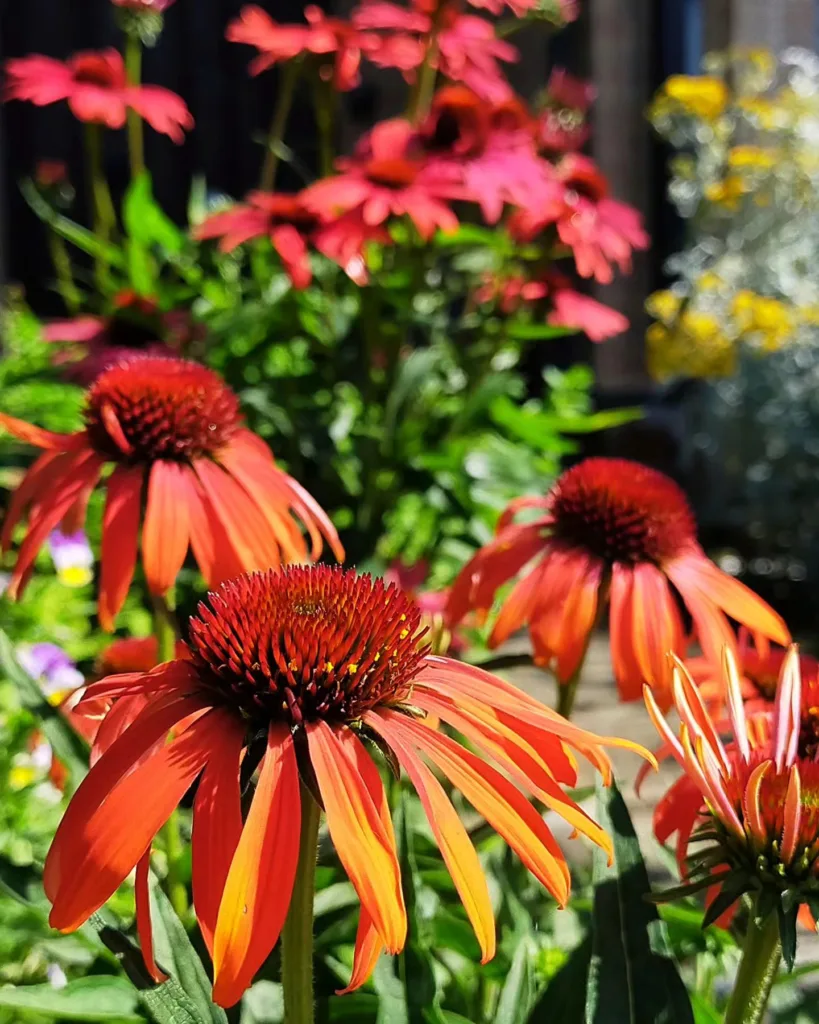Exploring the Mayacaceae Family: My Experience with the Genera Mayaca
When it comes to plant families, the Mayacaceae might not be the first that comes to mind, but it’s a fascinating and unique one. Having spent time studying different plant species and families, I’ve found the Mayacaceae particularly interesting, especially the genus Mayaca. Its resilience and adaptability in aquatic and semi-aquatic environments have sparked my appreciation for these plants. Here’s my personal exploration of the Mayacaceae family, with a deep dive into its single, prominent genus.
Introduction to the Mayacaceae Family
The Mayacaceae family is small, consisting of just one genus, Mayaca. This family of flowering plants is known for its ability to thrive in both water and damp, boggy environments, making it a key component of wetland ecosystems. What draws me to plants like these is their ability to not only survive but flourish in such niche conditions. Whether you’re an aquarium hobbyist, a botanist, or just a lover of unique plant species, Mayaca offers something fascinating.
Getting to Know the Genus Mayaca
The genus Mayaca is native to the Americas and Africa, particularly in regions where water plays a central role in the environment. This genus has around five known species, all of which share similar aquatic and semi-aquatic lifestyles. As someone who’s passionate about diverse plant environments, I’ve found that Mayaca can thrive in aquariums, ponds, and even very moist terrestrial setups.
One of the most striking characteristics of Mayaca is its slender, grass-like appearance. Unlike many flowering plants, it doesn’t overwhelm with showy blooms, but rather brings a calm, subtle aesthetic. For me, its elegance lies in its simplicity. The fine, needle-like leaves are usually bright green or sometimes tinged with a soft pink or purple, depending on the species and the light conditions. This makes it a great choice for adding texture and a fresh look to aquascapes or natural pond settings.
The Adaptability of Mayaca in Aquatic Settings
One of the things that impressed me most about Mayaca is its versatility in aquatic settings. I’ve kept various aquatic plants in the past, and Mayaca stands out for its resilience. It grows well both submerged and emersed, meaning it can adapt to being fully underwater or partially submerged in marshy areas. This ability to transition between water and land environments is quite remarkable.
When keeping Mayaca in an aquarium, I noticed how it serves as an excellent background plant. Its long, thin stems create a soft, flowing backdrop that sways gently with the water current. It’s also easy to care for, as it tolerates a range of water conditions. I’ve had success growing it in both low-tech and high-tech tanks, making it suitable for beginners as well as more experienced aquarists. Just ensure it gets moderate lighting to thrive, though it can adapt to lower light settings if necessary.
Challenges and Tips for Growing Mayaca
While Mayaca is relatively easy to care for, there are a few challenges I’ve encountered along the way. First, because of its fine, delicate stems, it can be prone to breakage if not handled carefully during planting or maintenance. I learned early on to take a gentle approach when planting it in the substrate, and to avoid areas with high water flow that could damage its stems.
Another thing to keep in mind is that Mayaca tends to be a fast grower, especially in nutrient-rich environments. While this can be a positive if you’re looking to fill space in an aquascape quickly, it does mean that regular pruning is necessary to keep the plant looking tidy. When I first started growing Mayaca, I let it go unchecked, and it quickly became unruly. After some trial and error, I found that trimming the tips encourages bushier growth and prevents the plant from becoming too leggy.
The Importance of Mayaca in Wetland Ecosystems
Beyond its use in aquariums and ornamental settings, Mayaca plays a vital role in natural wetland ecosystems. I’ve always been fascinated by plants that contribute to their environment, and Mayaca does this in several ways. In the wild, it helps to stabilize the soil in marshy areas, preventing erosion. Its presence in these environments also supports biodiversity, providing habitat for small aquatic creatures and contributing to the overall health of the wetland.
When researching this genus, I came across some interesting studies on how Mayaca species act as bioindicators. Because these plants are sensitive to changes in water quality, their health can be an indicator of the overall condition of the ecosystem. If the water becomes polluted or the pH shifts, Mayaca plants will often show signs of stress before other species, making them valuable for environmental monitoring.
Conclusion
In my journey with the Mayacaceae family, particularly the genus Mayaca, I’ve gained a deep appreciation for its adaptability and the role it plays in both natural and cultivated environments. Whether you’re looking to add an easy-to-care-for aquatic plant to your aquarium or interested in wetland conservation, Mayaca is a genus worth exploring.
Its delicate beauty and resilience make it a unique addition to any plant collection. While it requires some careful handling and maintenance, the rewards are well worth it. Mayaca plants offer a quiet elegance that complements more robust aquatic plants, making them ideal for a wide range of setups. Whether you’re a seasoned aquarist or just getting started, the Mayaca genus is one I highly recommend exploring.
If i die, water my plants!



